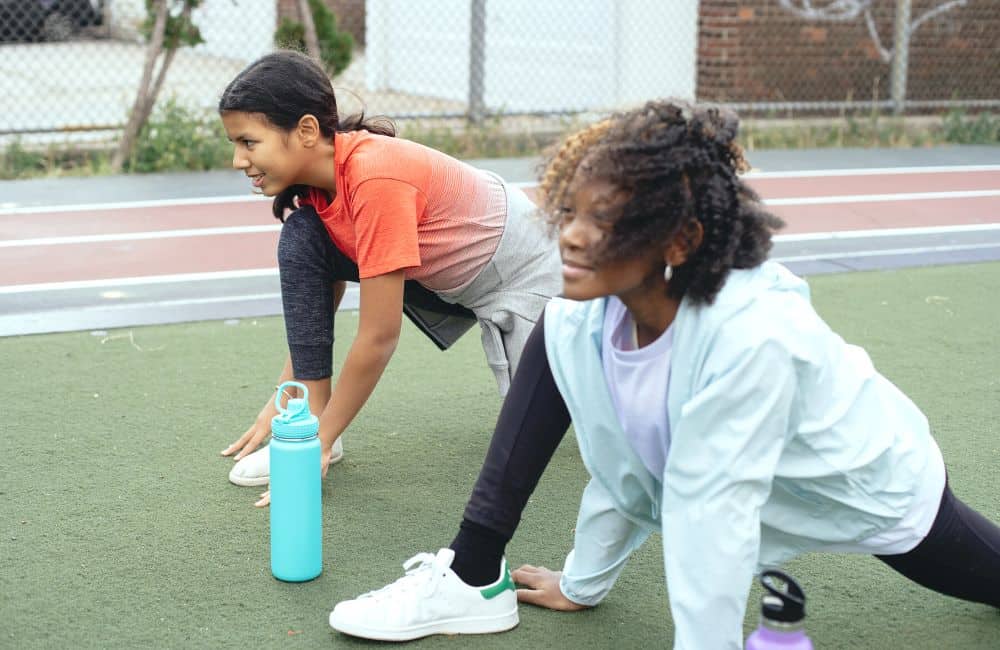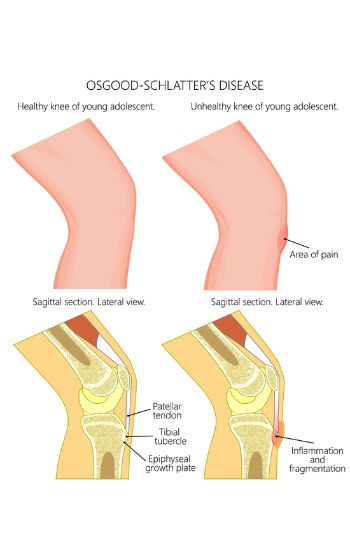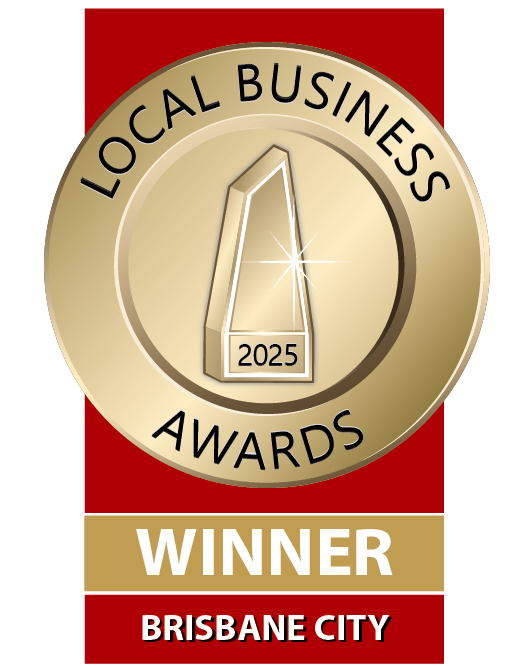There are a number of reasons a child may be complaining of pain in their feet or legs. You find out more about when to take your child to a podiatrist. Now, let’s take a look at some of the most common reasons podiatrists see for kid’s leg pain.

Growing pains
Probably the most common cause of a kid’s leg pain is growing pains. It’s very common that children will complain of aching in the muscles of their legs as they grow. This is more likely to happen during quick growth spurts, and occurs because the bones of their lower limbs grow faster than their muscles, resulting in a pull and stretch on the muscles. Pain is commonly located either in the muscle belly (e.g. back of the calves) or at the muscle attachment points (e.g. the achilles tendon). Children are more likely to experience pain if there is a family history of growing pains and if they are very active.
Growing pains do not occur in the joints themselves. There are some growing pains which are a bit different and associated with fusion of children’s bony growth plates. These are named depending on the growth plate involved. The two most common occurring in the lower limbs are called “Osgood-Schlatters” and “Sinding-Larsen Johansson” disease.
Osgood-Schlatter’s disease & kid’s leg pain
This condition occurs where the patella (kneecap) tendon attaches to the tibia (shin bone). This attachment point is close to the tibia growth plate, making it a weak point in a child’s growing legs. As a result, sometimes a child will experience a very painful point on the front of the leg a few centimetres below their kneecap. Often there will be a prominent lump in the area due to the inflammation involved.
Osgood-Schlatter’s can occur on one or both legs. It is most common in active kids who play a lot of running and jumping sports. Like most growth-related conditions, it will self-resolve in months to years when the growth plate has fused. There are, however methods of symptom relief and biomechanical adjustment which a podiatrist can provide to make your child more comfortable as they grow!

Sinding-Larsen Johansson disease
A very similar condition to Osgood-Schlatter’s disease, Sinding-Larsen Johansson disease refers to an inflammation of the growth plate of the patella (kneecap). Pain occurs on the origin of the patella tendon which is right at the bottom of the kneecap. As with Osgood-Schlatter’s disease, while the condition will self resolve, a podiatrist may be able to help your child be more comfortable in the short-term.
Juvenile arthritis
When you think of arthritis you probably picture an older person. This is for good reason, as arthritis is much rarer in younger populations, especially children. However, there is a rare form of arthritis which can occur in children. If your child is complaining of joint pain, or has swelling, especially in multiple joints, don’t ignore it. Joint pain is not normal in children and is not part of normal “growing pains”. If you suspect it, book your child in with their doctor. If joint pain occurs alongside a fever or illness, it is considered a medical emergency.

Hypermobility can cause kid’s leg pain
Hypermobility refers to joints which are able to extend beyond agreed upon normal ranges. This is more common in children than adults and usually runs in families. Hypermobility can be general (whole body) or present mostly in the upper or lower limbs.
Hypermobility poses a problem for children as the ligaments designed to keep joints in place are more lax than they should be. As children grow, and as they are active, this stability is especially important. When joints are less stable than they should be, sprains, dislocations and muscle strains are far more common.
In podiatry, we often see children with hypermobility complaining of sore ankles, knees and hips. They may have a history of frequent ankle sprains or unsteady, uncoordinated gait. If this sounds like your child, you should bring them to a podiatrist for an assessment. A podiatrist can provide footwear advice, supportive strapping and custom orthotics to provide stability to the loose joints and reduce the occurrence of lower-limb injuries and pain.

